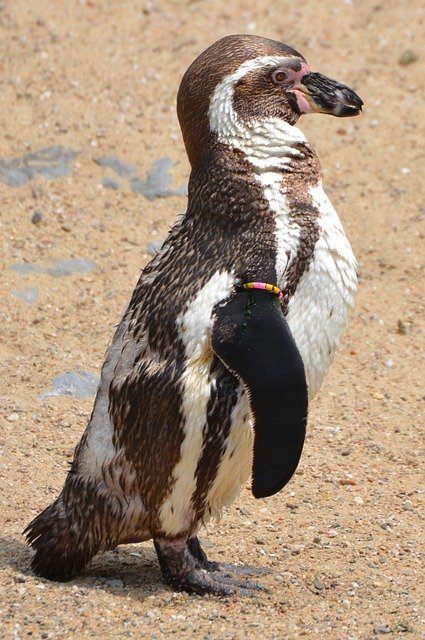**Title: "The Social Lives of Penguins: Understanding Their Complex Communities"** **Post Overview:

The Social Lives of Penguins: Understanding Their Complex Communities
Penguins, often perceived as solitary creatures waddling across icy landscapes, are, in fact, social animals with intricate community structures. Their social behavior is a fascinating subject for researchers and animal enthusiasts alike. In this post, we will explore the various aspects of penguin social lives, including their communication, group dynamics, and parenting strategies.
Communication: The Language of Penguins
Penguins have developed a rich repertoire of vocalizations and body language to communicate with one another. From the distinctive braying of the African penguin to the trumpeting calls of the Emperor penguin, each species has unique sounds that serve various purposes, such as attracting mates or warning of predators. Additionally, physical displays—like bowing, flipper waving, and preening—play a significant role in social interactions.
Key Points:
- Vocalizations vary by species and serve different social functions.
- Body language is crucial for establishing bonds and hierarchies within groups.
Group Dynamics: The Power of Community
Penguins are known for their strong social bonds, which are essential for survival in harsh environments. They often form large colonies, sometimes numbering in the thousands, where they engage in activities such as foraging and nesting. Within these colonies, penguins establish social hierarchies, with dominant individuals often leading the group to food sources or safe nesting areas.
Key Points:
- Penguins thrive in colonies, providing safety in numbers.
- Social hierarchies influence access to resources and mating opportunities.
Parenting Strategies: Cooperative Rearing
Penguin parenting is a remarkable example of social cooperation. Many species, such as the Emperor and Gentoo penguins, exhibit shared parenting roles, where both parents take turns incubating eggs and feeding chicks. This cooperative strategy not only enhances the survival rates of the young but also strengthens the pair bond between mates.
Key Points:
- Shared parenting responsibilities are common among penguins.
- Cooperative rearing increases chick survival and fosters strong pair bonds.
Conclusion: A Rich Tapestry of Social Interactions
The social lives of penguins are far more complex than many people realize. Their intricate communication methods, strong community dynamics, and cooperative parenting strategies highlight their adaptability and resilience in the face of environmental challenges. Understanding these social structures not only enriches our knowledge of penguins but also emphasizes the importance of preserving their habitats for future generations.
Join the Conversation!
Have you observed penguins in the wild or at a zoo? Share your experiences and thoughts on their social behaviors in the comments below! Let’s celebrate the fascinating world of these remarkable birds together. 🐧💬
For more insights into the animal kingdom, stay tuned for our next post!

Upvoted! Thank you for supporting witness @jswit.